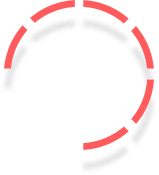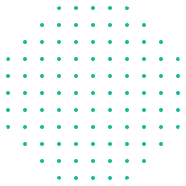Python Beginners Guide: To begin with, Python and the Data Science are the most technical terms that you hear all everywhere. In fact, these combinations can provide benefits for the students in the new technological area. The importance of Python Beginners Guide is raising, particularly with the data analytics community.
Basic Python Beginners Guide
Why Python?
Popularity: It is the pre-eminent language for data analysis. According to research, it shows that 45% of the data scientists select Python, it is the major of SQL, SAS and R.
General Purpose programming: Though there are other popular computing tools that are used for analyzing data such as R and SAS, Python is the most reliable general purpose programming language use python beginners guide.
Learn Python for Data Analytics
As a matter of fact, it is easy to setup Python environment for performing data analysis. It has libraries including NumPy, Pandas, SciPy, Matplotlib, and IPython.
Being the general purpose language, It is used for data analysis and data science. It has libraries that makes Python is useful for working with data functions. The massive Python Training Course libraries which are used for working with data
NumPy: Provides basic scientific computing
Pandas: Data manipulation and analysis
Matplotlib: Plotting and visualization
Scikit-learn: Used for machine learning and data mining
SciPy: Mathematical algorithms and convenience functions that built on NumPy extension of Python
StatsModels: Packed with modelling, testing and analysis
Plotly: Toolbox for constructing visualizations
Seaborn: Statiscal visualization models
Theano: It defines multi-dimensional arrays
An ideal way to learn any programming language is to take a sample dataset and begin working with it. By practising on these sample datasets can help candidates to apply new experiment and techniques with learned methods and get to know about one’s strengths and areas that need improvement.
Operations on data
The most vital skills required to extract information from abundant data is data administration. In most cases, we may get some data that is unapplicable for analysis. To make data available for analysis that we need to manipulate it. As a matter of fact, it provides tools and applications for transforming, format, clean and moulds it for examining.
Data Analytics
To begin with, analyzing data is not just formatting and creating plots. The core data analytics aspects such as statistical modeling, machine learning algorithms, data mining techniques, inferences and so on. In fact, the Python programming language is an excellent tool for Data Analytics Course because it has lot of libraries such as Scikit-learn and StatsModels. However, it contains the tools of the models and algorithms that are most essential for analysis.














